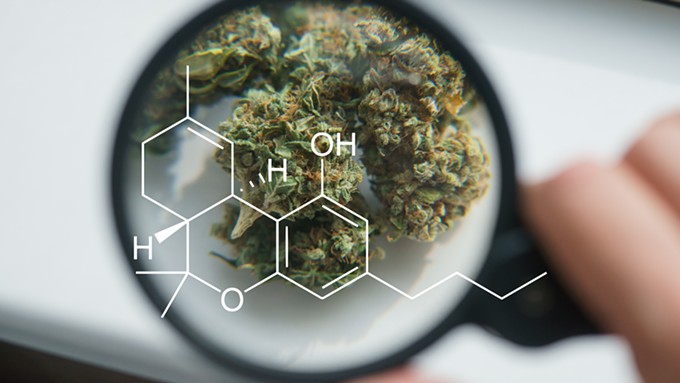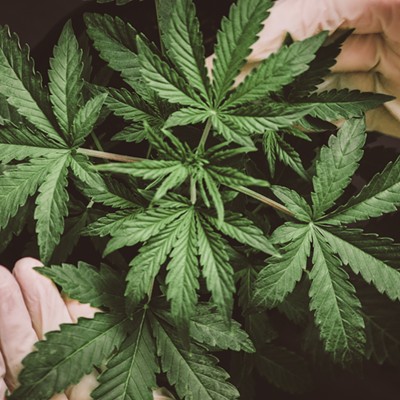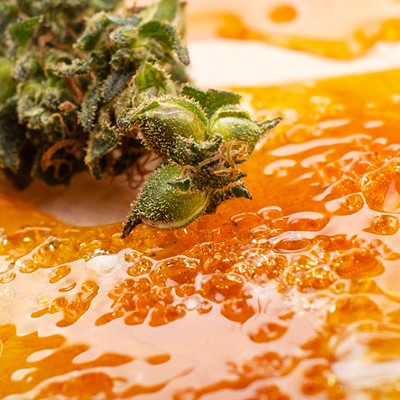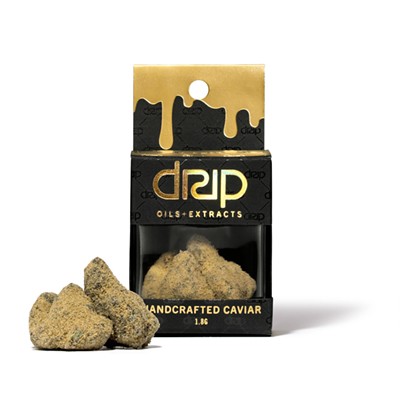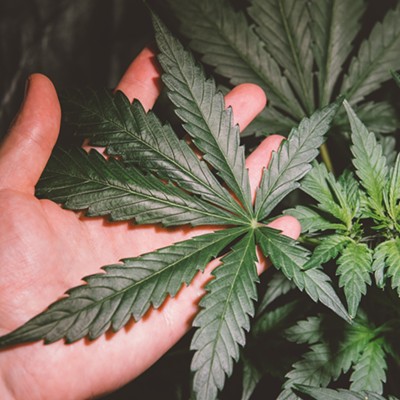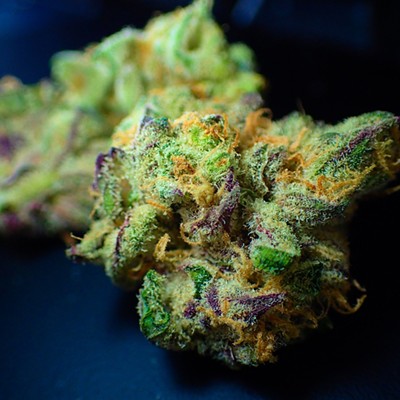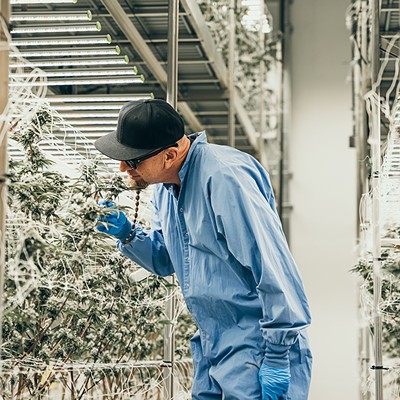Cannabinoids are a beautifully fundamental aspect when it comes to consuming cannabis.
There are more than 100 known cannabinoids — naturally occurring compounds within the cannabis plant. A handful of major players are found in commercial cannabis products.
In the human body, cannabinoids interact with cannabinoid receptors, also referred to as the endocannabinoid system (ECS). The ECS is a complex and important network that works to help regulate pain, appetite and even inflammation. When cannabinoids are used in conjunction with each other, instead of independently, you can achieve what is known as the entourage effect, a synergistic blend of the psychoactive and physical effects of cannabinoids.
It’s important to note that research regarding cannabinoids is still relatively new. The information below is a generalized summary of commonly reported effects associated with each respective cannabinoid. Always keep in mind that everyone reacts to substances differently!
THC (tetrahydrocannabinol):
Arguably one of the most well-known cannabinoids, THC is the only cannabinoid to deliver the psychoactive sensation of being high. THC is responsible for a myriad of effects, ranging from euphoria and relaxation to paranoia and anxiety. While the medical benefits of THC are not definitive, consumers have said it helped problems like nausea, insomnia, appetite loss, depression, anxiety, PTSD and gastrointestinal issues. While THC can alleviate pain on its own, research continues to suggest that using it with other cannabinoids may offer optimal relief. (Re: the entourage effect.)
CBD (cannabidiol):
CBD is a nonpsychoactive cannabinoid that has a wide scope of medical benefits, particularly with pain, inflammation, anxiety and even seizures. Although CBD is nonintoxicating, it can target a variety of medical issues. A study from Harvard Medical School found CBD treated epilepsy syndromes, including Dravet and Lennox Gastaut syndromes, which usually are unresponsive to antiseizure medications. CBD, on the other hand, was successful in reducing the number of seizures, stopping them altogether in other cases. As mentioned above, CBD can be beneficial on its own, but its benefits can be amplified when ratioed with THC, or other cannabinoids.
CBG (cannabigerol):
When cannabis plants mature, enzymes and compounds blend to form CBGA, the precursor to CBG. As the plant reaches the end of its cycle, light absorption allows for CBGA to convert into THCA and CBDA, the early-phase cannabinoids of THC and CBD. Through this process, CBG has become the “mother of all cannabinoids.” Without CBG, there would be no THC or CBD. Like CBD, CBG is not psychoactive, but it still interacts with the ECS in beneficial ways. For example, CBG has anti-inflammatory properties, and may relieve stomach issues, anxiety and depression. Consumers of CBG have also reported that the cannabinoid has helped stimulate appetite, focus and alertness. As quoted from cannadips.com, “CBG shows signs of supporting a healthy inflammation function and possibly neurogenesis (growth of new brain cells), which explains the reputed focus and attention effects. In one study, the researchers found CBG increased the appetites of well-satiated rats without any dangerous side effects.”
CBC (cannabichromene):
CBC is another nonintoxicating cannabinoid, but activates with other receptors in the human body that are linked to pain perception. As research continues, some suggest that CBC may relieve pain and inflammation. It may also have mood-boosting properties because it binds with the transient receptor potential channels, those of which regulate pain perception and anandamide and dopamine. When these channels are activated, one’s mood can be elevated without feeling high. But, at the risk of sounding redundant, CBC shines brightest when paired with other cannabinoids. As research on CBC continues to grow, as do the cannabis products that contain this.
CBN (cannabinol):
CBN has become a game changer within the cannabis market within recent years, due to its sedative properties when paired with THC or other cannabinoids. CBN is found in older cannabis, as it forms when THC ages. Similar to CBD, CBN is nonintoxicating, but, according to a study from the National Library of Medicine, CBN can amplify THC’s euphoric effects. It’s crucial to note that there is little research to prove that CBN is a sedative on its own. THC sedating nature is amplified when coupled with CBN. Many cannabis companies have paired CBN with THC to create products that may support getting a good night’s rest. Research has also suggested that CBN may contain anti-inflammatory, antibacterial and neuroprotectant properties, too.

